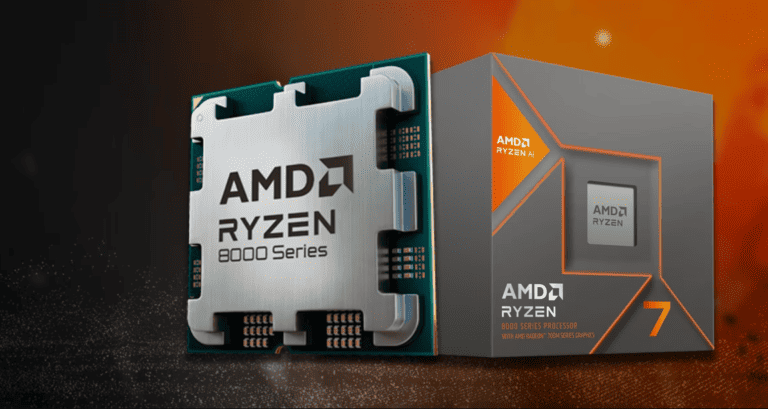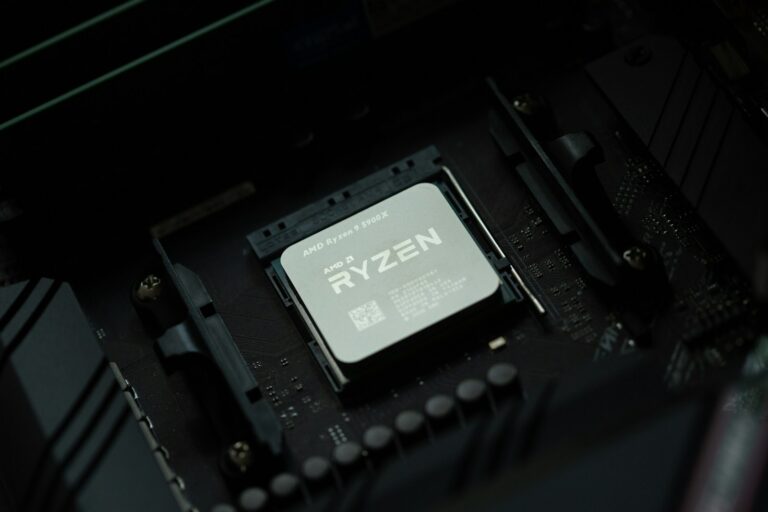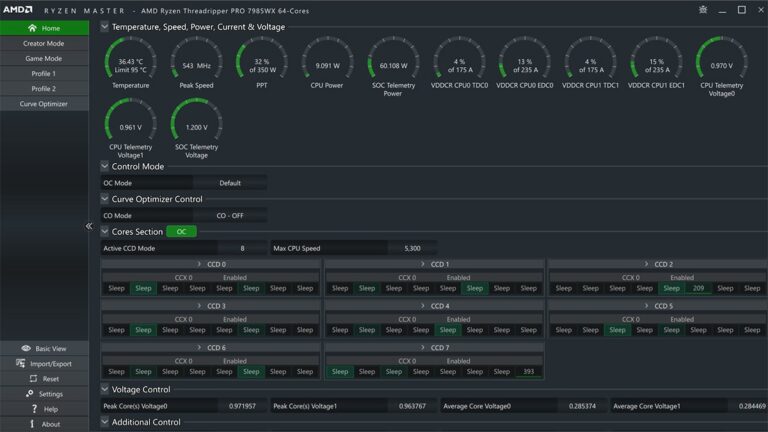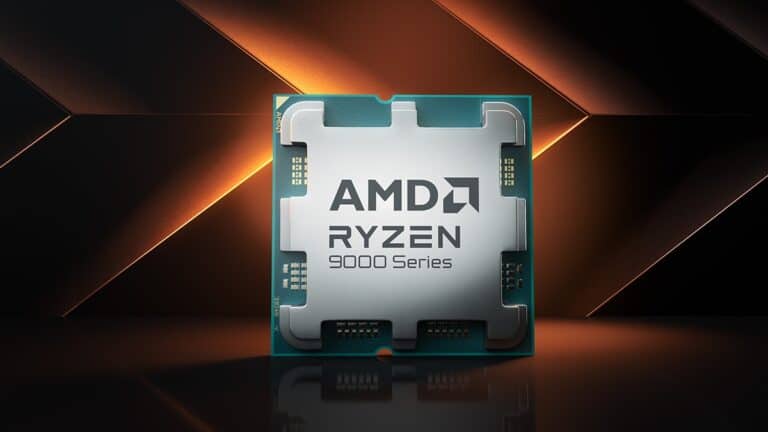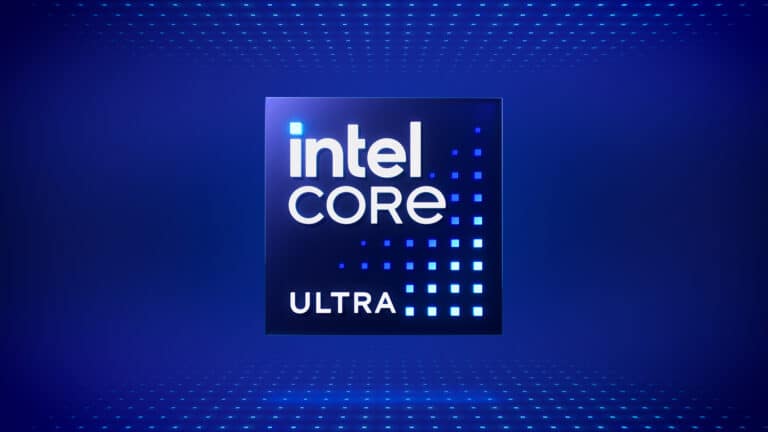Apple’s M5 chip marks the next step in the company’s custom silicon strategy. Built on TSMC’s N3P process, it is expected to improve both performance and efficiency over the M4. It will debut in the MacBook Pro in fall 2025, with other Macs and iPads to follow.
The M5 lineup will include Pro, Max, and Ultra versions for higher-end devices. These chips may feature new packaging methods to improve thermal control and support for more advanced AI processing. Apple appears to be keeping its focus on balancing power with battery life.

With updates planned across MacBook Pro, iMac, Mac mini, and iPad Pro, the M5 series could standardize Apple’s hardware on a faster, more capable architecture. This shift may also set the stage for annual updates in some high-performance Macs.
Apple M5 Chip: Innovations, Features, and Early Insights
Apple’s M5 chip marks the next major step in its custom silicon roadmap, set to debut in late 2025 across multiple flagship devices. Building on the M4’s foundation, the M5 introduces significant performance, efficiency, and AI-focused upgrades that could redefine Apple’s hardware capabilities for years to come.
1. Release Timeline and Product Launches
According to multiple reports, Apple is taking a staggered release approach for the M5 lineup:
- September–October 2025:
- M5 iPad Pro (likely launching alongside iPhone 17)
- M5 Vision Pro headset refresh
- Fall 2025 (later):
- M5 MacBook Pro (14-inch and 16-inch)
- M5 Mac mini
- M5 iMac
2. Key Innovations in the M5 Chip
a. Advanced Manufacturing Process
- Built using TSMC’s 2nm process (up from 3nm in M4), enabling:
- Higher transistor density for more cores and features.
- Improved power efficiency, extending battery life in portable devices.
- Reduced heat output for sustained performance.
b. Performance Gains
- Expected 20–25% CPU performance boost over M4.
- GPU upgrades with higher core counts and better ray-tracing capabilities for gaming and pro workflows.
- Enhanced memory bandwidth to support high-resolution displays and complex workloads.
c. AI & Machine Learning Enhancements
- A next-gen Neural Engine with up to 2× the AI processing performance of M4.
- Optimized for on-device generative AI tasks, including real-time image synthesis, advanced voice recognition, and video editing automation.
- Tight integration with macOS and iPadOS AI features.
d. Multimedia & Pro Features
- 8K ProRes video editing support with minimal thermal throttling.
- Improved camera ISP (Image Signal Processor) for Vision Pro and iPad Pro.
- Hardware acceleration for AV1 video decoding.
3. Addressing M4’s Shortcomings
Reports suggest the M5 will reverse an unpopular M4 decision—likely related to memory configurations or GPU limitations—bringing back higher RAM options for base models and improving external display support for Mac devices.
4. Software Synergy
Apple is designing the M5 to work hand-in-hand with upcoming OS updates:
- macOS 16 and iPadOS 19 will include AI-powered workflows that fully leverage the new Neural Engine.
- visionOS 3 will benefit from real-time rendering improvements and lower latency for mixed reality.
5. Expected Impact
The M5 chip is more than an incremental update—it’s positioned as a major leap in:
- AI-first computing for creative and productivity apps.
- Energy efficiency for longer battery life in mobile devices.
- Pro-grade performance in compact form factors.
Bottom Line
The Apple M5 chip is shaping up to be one of the most ambitious updates in Apple Silicon history. With a 2nm process, stronger AI capabilities, and a broader product rollout strategy, Apple is signaling a shift toward AI-centric, high-efficiency computing across its entire device lineup.
Key Takeaways
- Apple M5 chip launches in MacBook Pro in fall 2025
- Built on N3P process for better performance and efficiency
- Multiple M5 variants planned for different device tiers
M4 vs. M5: Generational Comparison
| Feature / Spec | Apple M4 (2024) | Apple M5 (Expected 2025) | Improvement |
|---|---|---|---|
| Manufacturing Process | TSMC 3nm (N3E) | TSMC 2nm (N2) | Smaller node = more transistors, better efficiency |
| CPU Architecture | 10-core max (4 performance + 6 efficiency) | 12-core max (6 performance + 6 efficiency) | ~20–25% faster CPU performance |
| GPU | Up to 10 cores, hardware ray tracing | Up to 14 cores, improved ray tracing & mesh shading | ~30% GPU performance boost |
| Neural Engine | 38 trillion ops/sec | ~76 trillion ops/sec | 2× AI/ML performance |
| Memory (RAM) | Up to 24GB unified | Up to 32GB unified (higher base configs) | More multitasking headroom |
| Memory Bandwidth | 120 GB/s | 150–170 GB/s | Faster data access for pro workflows |
| Video Engine | ProRes, ProRes RAW, HEVC, H.264 | Adds AV1 decoding, improved ProRes performance | Better streaming & editing efficiency |
| Thermal Efficiency | Good, but throttles under heavy sustained loads | Improved thermal headroom via 2nm process | More sustained peak performance |
| Battery Life Impact | +1–2 hours vs M3 | +2–4 hours vs M4 (on mobile devices) | Significant battery gains |
| Target Devices | iPad Pro, MacBook Pro, Mac mini, iMac | iPad Pro, Vision Pro, MacBook Pro, Mac mini, iMac | Expanded AI-first device lineup |
💡 Key takeaway:
The M5 isn’t just a speed bump — it’s a foundational shift toward AI-focused computing, with a massive Neural Engine upgrade, more GPU horsepower, and better efficiency from the 2nm process.
Apple Silicon Roadmap: M1 → M5
2020 — M1
• Process: TSMC 5nm
• CPU: 8-core (4P + 4E)
• GPU: Up to 8 cores
• Neural Engine: 11 TOPS
• Key Device: MacBook Air, Mac mini, 13" MacBook Pro
• Focus: First-gen Apple Silicon, big jump in efficiency over Intel
2021 — M1 Pro / M1 Max / M1 Ultra
• Process: 5nm
• CPU: Up to 10-core
• GPU: Up to 64 cores (Ultra)
• Neural Engine: 11 TOPS
• Focus: Pro-level performance, massive GPU scaling
2022 — M2 Series
• Process: TSMC 5nm (2nd-gen)
• CPU: Up to 12-core (Pro/Max)
• GPU: Up to 38 cores (Max)
• Neural Engine: 15.8 TOPS
• Focus: Incremental CPU/GPU boost, better media engine
2023 — M3 Series
• Process: TSMC 3nm
• CPU: Up to 12-core
• GPU: Up to 40 cores (Max)
• Neural Engine: 18 TOPS
• Focus: First 3nm Apple chip, hardware ray tracing
2024 — M4 Series
• Process: TSMC 3nm (N3E)
• CPU: Up to 10-core
• GPU: Up to 10 cores (iPad Pro version)
• Neural Engine: 38 TOPS
• Focus: AI-ready architecture, improved efficiency
2025 — M5 Series (Upcoming)
• Process: TSMC 2nm
• CPU: Up to 12-core
• GPU: Up to 14 cores
• Neural Engine: ~76 TOPS
• Focus: AI-first design, 2× AI performance, AV1 support, major efficiency gainsFrequently Asked Questions
The Apple M5 chip uses a refined 3-nanometer manufacturing process. It delivers faster CPU and GPU performance, improves power efficiency, and adds new hardware capabilities for AI and graphics tasks. It is starting to appear in select Apple devices released in 2025.
What are the performance improvements of the M5 chip compared to the previous generation?
The M5 chip offers higher CPU clock speeds and a more efficient core design than the M4.
It processes tasks faster and handles more simultaneous operations without slowing down.
Its GPU delivers smoother rendering and supports more demanding applications.
How does the M5 chip enhance battery life in Apple devices?
The 3-nanometer process reduces power consumption while maintaining performance.
This allows devices to run longer on the same battery capacity.
It also manages workloads more efficiently, lowering energy use during lighter tasks.
What are the new features introduced with the M5 chip?
The M5 adds updated AI acceleration hardware for faster on-device machine learning.
It supports improved graphics pipelines for higher frame rates.
It also includes better memory bandwidth for quicker data access.
How does the M5 chip’s graphics performance compare to its competitors?
The M5 GPU matches or exceeds the performance of many high-end laptop chips.
It runs graphics-intensive software and games at stable frame rates.
Its efficiency gives it an advantage in sustained performance without overheating.
In which devices is the M5 chip currently being used?
The M5 is in the 2025 iPad Pro models.
It is also expected in future MacBook Air and MacBook Pro releases.
Apple has not confirmed its use in iMac or Mac mini models yet.
What are the implications of the M5 chip for future Apple product development?
The M5’s efficiency may allow thinner and lighter device designs.
Its AI and graphics improvements open the door for more advanced software features.
It could set the base architecture for Apple’s next generation of chips.


